Inside EFAs: From books to skiing, here’s how homeschooling families spend their Education Freedom Account dollars
|
Published: 02-14-2025 4:10 PM
Modified: 02-15-2025 12:00 AM |
Editor’s note: This story is part of the Monitor’s Inside EFAs series, which examines New Hampshire’s Education Freedom Account program. The series’ first story focused on how money is spent on private and religious schools.
The contents of the three floor-to-ceiling bookshelves that line the corners of Kristen LeGeyt’s Concord home have steadily multiplied since she and her husband pulled their oldest son, Bryce, out of Beaver Meadow School in 2018.
Bryce, who has a near photographic memory, has become a walking encyclopedia of animal and plant knowledge, and LeGeyt has tried hard to satiate the 11-year-old’s curiosity. One shelf holds a large science reference collection, while glossy books from NASA line another.
The books are pricey, but they pale in comparison to the family’s most expensive educational purchase, a compound microscope that sits on a middle shelf of one of the bookcases. Bryce, who experienced a traumatic brain injury at birth that causes processing delays and other medical challenges, uses the tool practically every day.
“It was totally worth it for him,” said LeGeyt, who spent thousands of dollars on the microscope out of the roughly $20,000 per year in total the family receives through the Education Freedom Account program to homeschool her three children, ages 11, 9, and 7.
“If I’m homeschooling and I’m just using paper and pencil and going to the library, that would be way too much money for me,” LeGeyt said. “But if I decide to do violin lessons, or art classes, or math classes or things, you could deplete it really, really fast.”
This year, each of the boys takes online math classes three times per week, which cost $2,000 per student. They also take swim lessons and participate in one-off art classes from time to time. LeGeyt is in the process of finding a piano teacher for her middle son, Ryan.
As lawmakers consider a major expansion to the school choice program this legislative cycle, the Monitor examined how the millions of dollars in government money gets spent each year by homeschooling families like the LeGeyts. Interviews with about a dozen parents, legislators, and experts and an analysis of available financial data revealed that the program grants families extraordinarily wide latitude over how to spend the average of $5,204 per child they receive.
Article continues after...
Yesterday's Most Read Articles
“New Hampshire has absolutely joined the list of the most permissive states in terms of what taxpayer dollars can be spent on,” said Michigan State University professor Josh Cowen, a national expert on school choice programs who reviewed the Monitor’s findings.
Neither the Department of Education nor the organization it contracts to administer the program tracks which families homeschool rather than send their children to private schools, so the analysis – which involved a more exacting categorization of spending than has been conducted before – focused on all expenditures besides private school tuition. That total amounted to $3.9 million in 2022-23, the most recent year for which spending data is available, while $6.6 million went to private schools.
That year, families spent $520,000 – or about one-seventh of the $3.9 million – on activities that are typically considered extra-curricular, including $46,000 at area ski mountains, $35,000 at martial arts schools, and $16,000 at equestrian facilities.
In most cases, the amount of money spent by any one family on these activities and on other specialized education opportunities averaged less than $500, but infrequently the individual expenditures were quite large.
In one case, a family spent $3,895 on a prestigious week-long summer program called the National Student Leadership Conference.
In roughly 75 other cases, families spent an average of more than $800 each on elite soccer clubs, sports training facilities, dance schools, skiing passes at Killington Ski Resort, summer camps, and other activities in a category called “summer and specialized education programs”.
Data: Explore the database of all 21,923 expenditures
The state law governing the program, which is expected to disperse a total of $27.7 million to 5,321 children this school year, defines the basic categories on which the money can be spent, such as curriculum materials, transportation, and educational services, like speech therapy. The responsibility for interpreting the law and approving specific expenses falls to a state-contracted company called the Children’s Scholarship Fund.
The executive director of that organization, Kate Baker Demers, said her team approves expenditures if they fall under a list of “core knowledge” requirements. She said many of the most expensive athletic activities fall under the “health” category, of which physical education is a component.
Baker Demers argued that the range of families’ spending decisions proves the program’s purpose.
“They’re choosing to use some of their money to meet a requirement that’s in the law,” she said in an interview. “I mean if people don’t like that families have the freedom to take the money and direct it to the providers to meet the requirements in the law, that’s the whole principle of the thing.”
Families who spent thousands of dollars on skiing or soccer were more the exception than the norm, the data makes clear.
When LeGeyt began receiving financial support through the program in 2021, she had already been homeschooling for three years, though some of the costs had been offset by a scholarship program also administered by the Children’s Scholarship Fund during that time.
The injection of $20,000 per year allowed LeGeyt to re-evaluate what she could offer her children. The choices she has made – to spend the money on a mixture of instructional materials, classes, and other activities – reflect the breadth of program-wide spending trends, the analysis found.
Of the $3.9 million in spending that did not go to private school tuition in 2022-23, 44% was clearly allocated to instructional materials by the Children’s Scholarship Fund. That figure is not exact – 1,621 individual expenditures, which totaled $629,000, spanned multiple categories on the table the organization releases, making a more precise categorical analysis impossible.
The remaining 56% – or $2.2 million – spanned a range of categories, with $872,000 allocated to summer and specialized education, $266,000 to tutoring services, and $132,000 to online learning programs.
Amazon purchases accounted for $1.4 million, or 35% of all non-private school expenditures, making the e-commerce company the single largest recipient – by over $1 million – in EFA dollars.
Its leading rate of use was a reflection not just of convenience but also a matter of the mechanics of the program, which employs software through the acompany called ClassWallet where families allocate the money they wish to expend. Amazon is an approved vendor, which means families don’t have to front the costs themselves and wait for reimbursement, a process that can take upwards of a month.
Homeschooling – a catch-all term for education delivered to students who are not enrolled in a public or private school – does not typically happen strictly within the home, and families’ spending approaches varied based on the nature of their educational program, parents said in interviews.
Amber MacQuarrie, a mother of two in Manchester, recently began sending her children to a popular “micro-school” called KaiPod multiple days per week and may use all of her EFA dollars on tuition for the program next year. The funds would only cover two days of tuition at the program, however, so MacQuarrie is also exploring enrolling her children in a charter school, which would require them to exit the EFA program. Previously, MacQuarrie has used the funds to get her children the family’s first computers, which the EFA program permits once every three years, as well as textbooks.
Jodie Consoles, a mother of a 14-year-old boy in Berlin, previously participated in a mutli-familyhomeschool group but now delivers his education at home. She spends his money on curriculum materials and on tutor for algebra and writing.
Three of the four parents interviewed – all of whom homeschooled prior to the inception of the EFA program in 2021 – said that they would continue homeschooling even if the program ended, but that the funding has meaningfully transformed the opportunities they can provide for their children.
Consoles, for example, said she would not be able to afford the tutors for her son without the program.
“It would just be difficult to do the whole thing year after year after year, to continue on the path that he’s on,” she said. “So having the EFA funds, it helps me to map out his education going forward.”
Most of the parents said they took great pains to make the money they received stretch as far as it could go.
“Just because the money is in their account, I still shop for prices,” said Donna Chick, a grandmother of six EFA recipients in Ossipee. “It’s not that I just spend the money.”
Chick, who has been homeschooling since 1995, has 12 mostly-grown adopted children, all of whom were homeschooled for most or all of their K-12 education. Chick, now 70, has turned her attention to the next generation. Of the eight grandchildren who live with her, the six oldest are EFA recipients, with three attending the Cornerstone Christian Academy and the other three participating in homeschooling.
As part of her grandchildren’s physical education program, Chick purchases a weekday season ski pass at Gunstock, which she said costs $250 per child if she snags the early bird discount. (Because two of her grandchildren transitioned from private school to homeschooling midway through the year, she had to pay full price for them, which is $375.)
Chick said that if the rules allow her to spend money on a sport like skiing, she feels comfortable taking advantage of it.
“If I’m fortunate enough that it’s paying for them to get a ski ticket, that’s part of their physical education, and they’re getting a ski ticket,” said Chick, who ensures the kids make good use of the purchase by going to Gunstock once per week during the winter.
The Gilford mountain was one of eight ski areas in New Hampshire and Vermont that received EFA dollars in 2022-23. The families who spent money at venues averaged expenses of $229.73, about 6% of the minimum spending they could receive.
Of the $520,000 that the Monitor classified as being spent on what is typically considered an extracurricular activity, some was for educational opportunities like music education that is offered in public schools, while other expenditures were for activities that would ordinarily not be, like martial arts.
Even within a category, expenses ran the gamut. For example, of the $39,000 spent on team sports, roughly $24,000 went to elite soccer and hockey clubs and sports training facilities, while roughly $9,000 went to local recreational leagues. Certain other expenditures were difficult to place in either category.
On top of the $1.4 million spent on Amazon, EFA money left New Hampshire in other ways, too. For example, families spent $5,227.28 at a famed music camp in Michigan, $144.95 at a ski shop in Ohio, and $10.99 at a national forest in Puerto Rico.
As broad as the list of allowable expenses is, the Children’s Scholarship Fund has also developed a lengthy list of prohibited uses for the money.
Household items, such as kitchen appliances and paper towels, are not allowed, nor are recreational items or toys, such as Legos, according to the handbook the organization provides families. (There are exceptions made if a particular curriculum requires a typically-prohibited item, according to Baker Demers.)
The birdfeeder outside the LeGeyts’ home that Bryce uses for science class also does not get approved because the rules prohibit “housing for live animals.”
Baker Demers said her organization has developed the 19-category list of prohibited expenses over the years “as we saw things that we thought weren’t allowable.” It rests on a couple principles, including that the money should be dedicated to a child’s individual educational needs rather than to items that can be used by multiple family members.
“We don’t approve items that are multi-user or household use items,” Baker Demers said. “So for example, you might do cooking to meet your science requirement but we’re not going to approve your KitchenAid mixer, because your KitchenAid mixer is the household item, meaning multiple people in your household can go and use that item.”
LeGeyt said that concept can become a little complicated to navigate in practice because her money goes furthest when she buys items that all three of her sons will eventually use.
“I would say technically my kids could buy three microscopes, but … it’s only my oldest son that really uses it,” she said. “The others might come and take a peek, but it’s really that one child that’s using that.”
The state law grants the Children’s Scholarship Fund broad authority to approve “any other education expense” not clearly demarcated by statute, but Baker Demers said her organization has yet to take advantage of that freedom.
The law was designed to be future-looking, she said, malleable to the changing landscape of education.
“Think about what’s changed over the past 20 years,” Baker Demers said. “Imagine if they hadn’t put online ed in here because we were in 1992. If there was some sort of new type of education that exists, there’s flexibility to approve something that’s like that.”
Individual perspectives about the program as a whole shaped people’s interpretations of the Monitor’s findings.
Cowen, the Michigan State professor whose work is typically critical of voucher programs, argued that the state’s lack of guardrails can lead to frivolous spending.
“In terms of public dollars, in terms of what the state’s actually investing in, what this amounts to is the state saying, for a certain class of children: We’re more interested in giving out money for dance lessons, martial arts, music lessons, than we are reading, writing, STEM subjects,” he said.
Baker Demers, the program administrator, pointed out that a family who chooses to spend the significant money on something that others consider a luxury might be paying out of pocket for more standard educational expenses.
“Remember, these funds are not unlimited so it’s not like the family is getting extra money to do this,” Baker Demers said. “They are using only the money they have to make their choices, and so, if you think about it that way, it’s not costing anyone anything additional for them to do this activity.”
She sees the comparison between EFA spending and public school expenses as missing the mark.
“The point of the EFA is to be different, and so taking our traditional public school standards and applying it to the EFA almost doesn’t even make sense,” she said. “The point is that these families are opting out – opting into this – to be able to individualize.”
MacQuarrie, the Manchester mother, doesn’t spend her EFA dollars on extracurricular activities but she views any criticism of families who do as devaluing their children.
“What I keep hearing is ‘kids going skiing is a luxury’, and to a certain extent I agree, but what I disagree with is the idea that we are comfortable accepting the bare minimum for our children,” she said. “It almost sounds like people saying that our kids aren’t worth it, that our kids aren’t worth extracurriculars.”
“I think all kids deserve that,” she added. “It shouldn’t be: EFA gets to go on ski trips. It should be: Why don’t all our kids get to go on ski trips?”
Jeremy Margolis can be contacted at jmargolis@cmonitor.com.




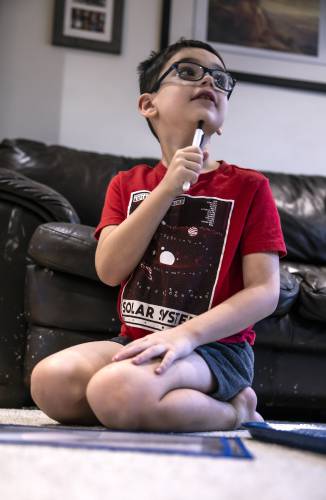
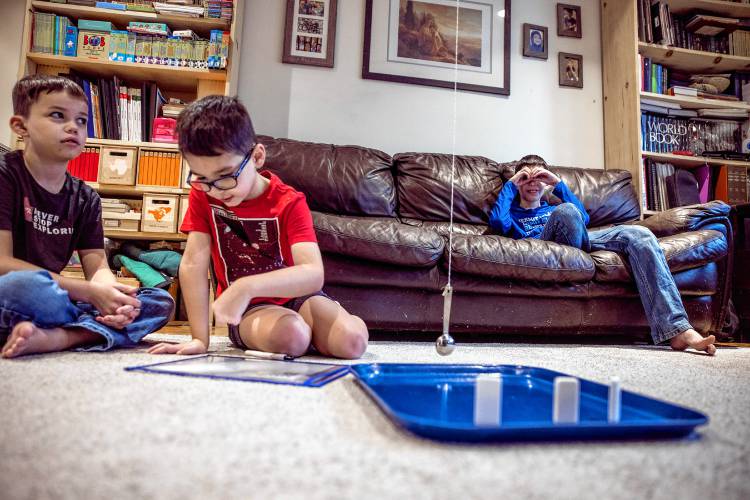
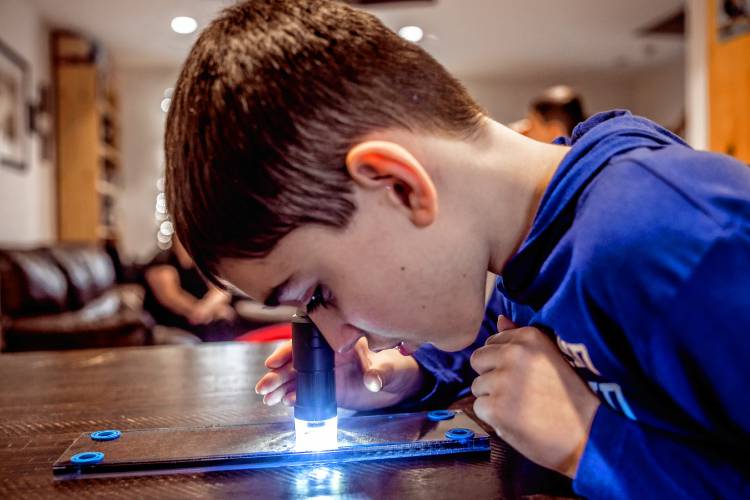
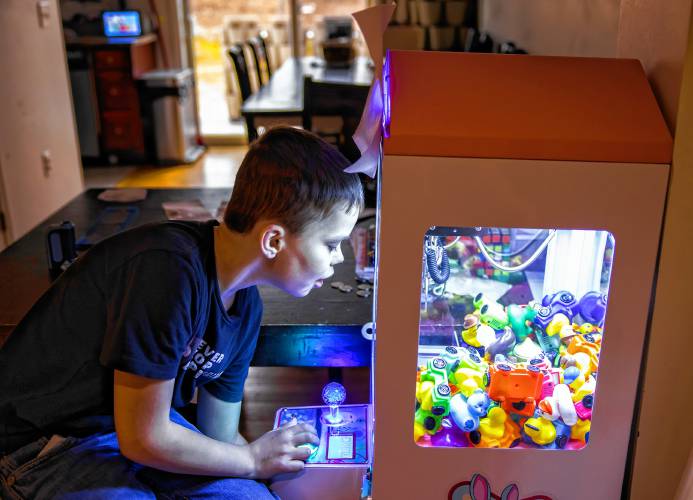

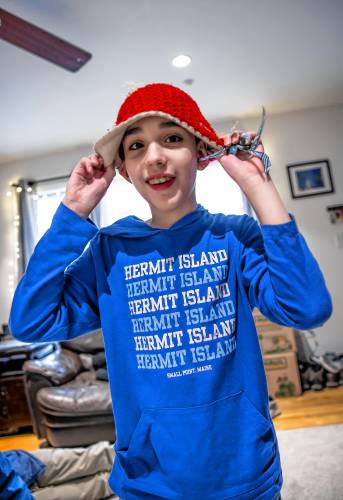

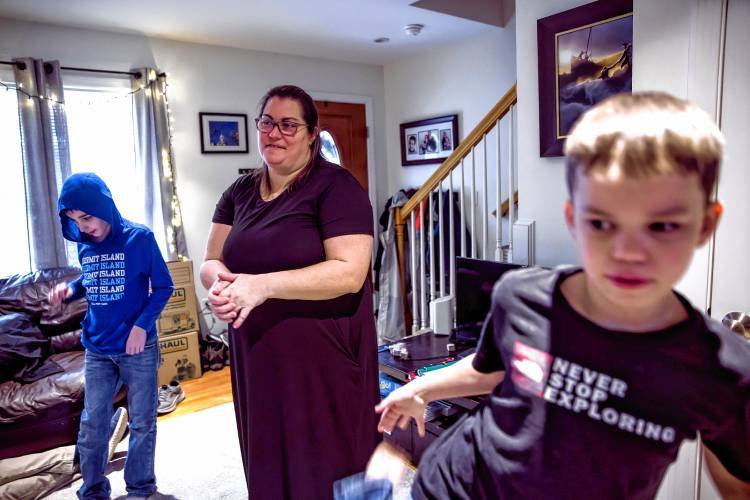





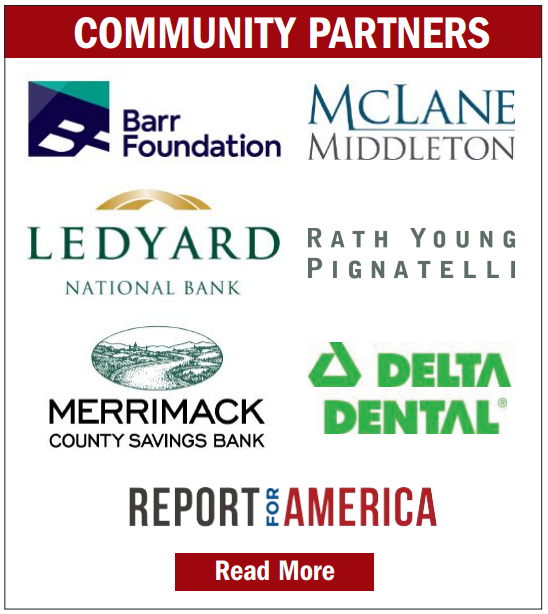
 Henniker ponders what is a ‘need’ and what is a ‘want’
Henniker ponders what is a ‘need’ and what is a ‘want’ Boscawen residents vote to fund major renovation of public works building
Boscawen residents vote to fund major renovation of public works building ‘Voting our wallets’: Loudon residents vote overwhelmingly against $1.7M bond for new fire truck
‘Voting our wallets’: Loudon residents vote overwhelmingly against $1.7M bond for new fire truck In Pembroke, Education Freedom Accounts draw debate, voters pass budget
In Pembroke, Education Freedom Accounts draw debate, voters pass budget
